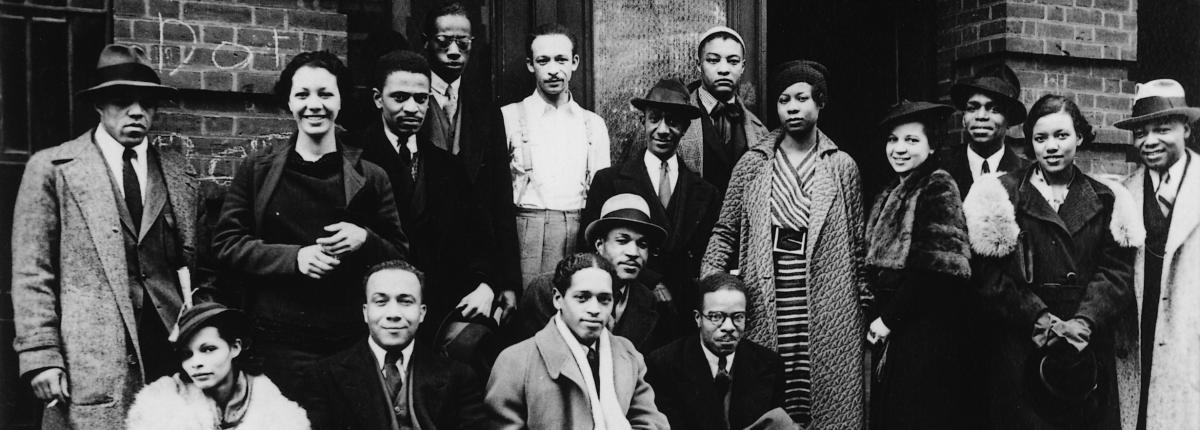Savannah Register
HARLEM RENAISSANCE – Refers to a cultural and artistic movement that took place from the 1910s through the mid-1930s within the Harlem Neighborhood, in New York City.
This period was the golden age in African American culture, consisting of music, art, literature, and other forms of social and artistic expression. During the Harlem Renaissance, African American artists, poets, and intellectuals started a conversation around important topics within the community’s history. These themes included but weren’t limited to Black identity, the influence of slavery, and the everyday experience of Black people. When the Great Depression struck, the Harlem Renaissance began to fade.
The neighborhood of Harlem was meant to be home to upper-class, white people in the 1880s. However, the neighborhood quickly had new developments to plan for these white families. Eventually, overdevelopment led to many empty buildings that landlords wanted to fill, which lined up with The Great Migration. The Great Migration refers to the mass movement of African Americans from the rural southern states to the northern cities and neighborhoods such as Harlem. Many were relocating not only in hopes of better education, housing, and jobs; but also to find a sense of community free from Jim Crow laws in the South. This relocation brought many bright minds to Harlem, many artists and free thinkers. Increased literacy and racial pride further fueled the movement. The Renaissance expanded from intellectuals like W.E.B. Du Bois to musicians, including Louis Armstrong and Duke Ellington. Women artists were lesser known in this era, and even today, as many of the art forms were not considered “feminine”. However, the contributions such as writers like Dorothy West and Haillie Quinn, singers Billie Holiday and Bessie Smith, and artists, Selma Burke and Augusta Savage should not be minimized.
The Harlem Renaissance created a new spirit for African Americans across the U.S., providing community bonding and cultural healing. Feelings of self-determination, pride, and joy were flooding the streets of Harlem. This new commitment to the African American community provided a perfect foundation for the Civil Rights Movement that followed in the 1950s and 1960s
Sources Used:
Gallery of Art, N. (n.d.). Harlem Renaissance. National Gallery of Art. https://www.nga.gov/learn/teachers/lessons-activities/uncovering-america/harlem-renaissance.html
Harlem World Magazine. (2023, August 18). The harlem renaissance psychology to culture: Enduring traditions and timeless wisdom. https://www.harlemworldmagazine.com/the-harlem-renaissance-psychology-to-culture-enduring-traditions-and-timeless-wisdom/
Hutchinson, G. (2024, February 23). Harlem Renaissance. Encyclopædia Britannica. https://www.britannica.com/event/Harlem-Renaissance-American-literature-and-art
Museum of African American History and Culture, N. (2018, March 14). A new African American Identity: The harlem renaissance. National Museum of African American History and Culture. https://nmaahc.si.edu/explore/stories/new-african-american-identity-harlem-renaissance
The Artists of the Harlem Renaissance | The Phillips Collection

